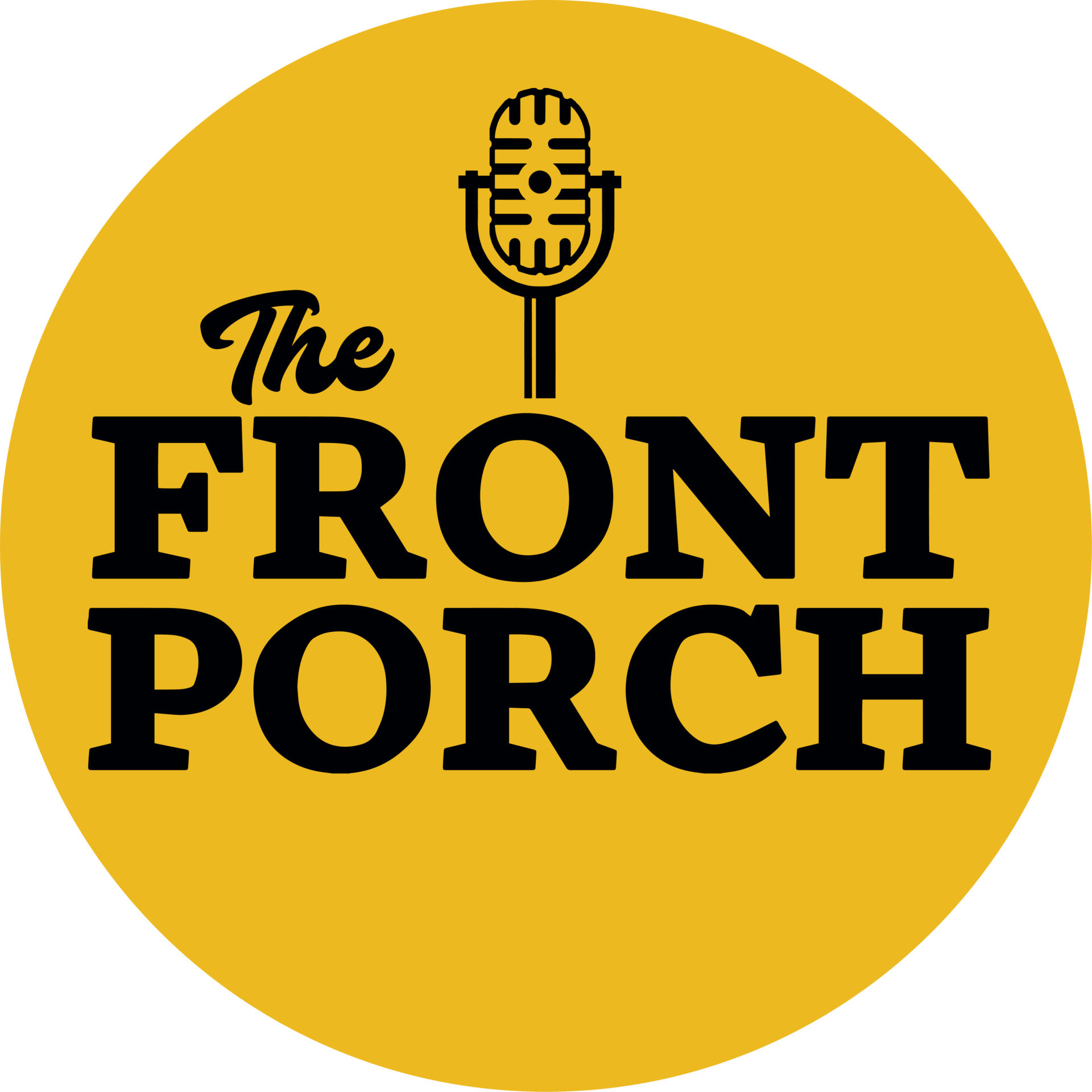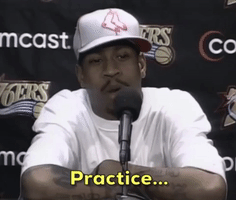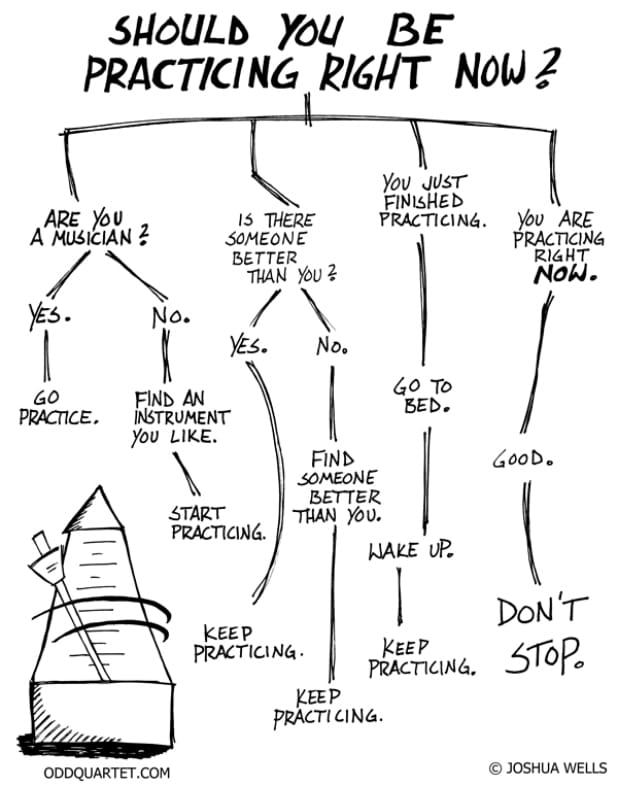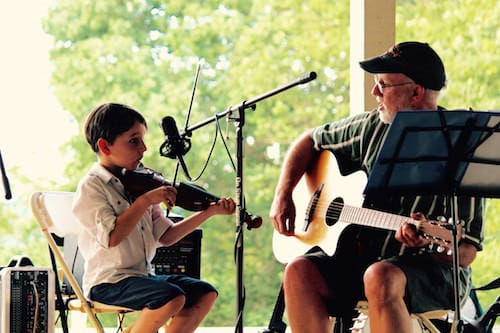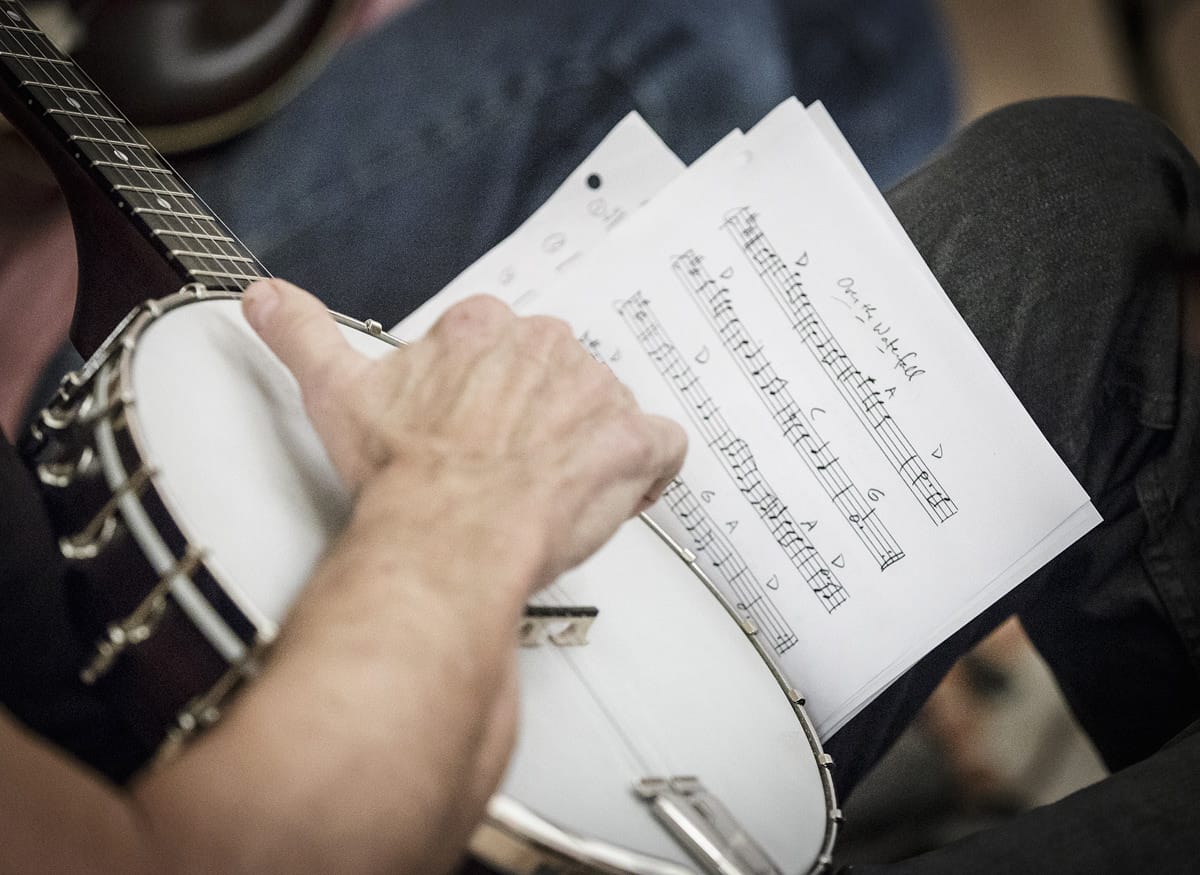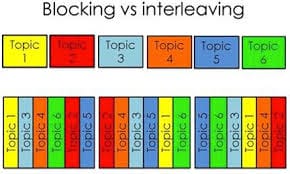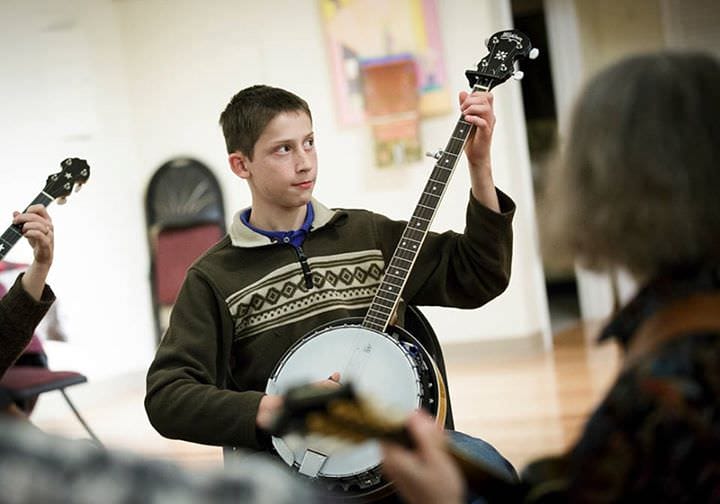Today, we’re talkin’ bout practice!
Like most rewarding things in life, learning how to play music requires practice. Practicing effectively can often be the key to unlocking new skills and breaking into the next level of musicianship that you’ve always dreamt of. However, knowing how to use your practice effectively time can be tough, and it’s often hard to find motivation.
After all, not everyone wants to be Miles Teller….
If you’re looking to become a better musician, practice makes perfect. But it doesn’t have to be painful!! Here are six tips to make practicing music at home more enjoyable and effective.
Practice smarter, and have fun playing!
6 tips for practicing music
1.) Set aside a dedicated space
This might seem obvious: designate a quiet area as a practice space. You’ll be far less distracted and prone to interruptions. Entering a special practice space will also help you get into an intentional mindset for practicing. You’ll find that you’re less likely to end up aimlessly noodling on your instrument. Whether its in the corner of your living room, a closet, or at The Front Porch, a dedicated practice space can help you get into a focused mindset.
2.) Create habits
Try to practice at the same time on the same day each week. Even better, try to practice every day if possible! Like anything else, making practice a habit will make it easier. Habits are powerful because they create neurological cravings: behavior is rewarded by the release of “pleasure” chemicals in the brain. You’ll be more engaged, more consistent, and happier with your outcomes.
3.) Practice with a goal in mind
Want to learn that one particular lick? Or a particular song? Its best to start every practice session with a couple goals in mind – things you want to achieve by the end of that day. If you’re not sure what you need to focus on, ask your teacher for a few concrete goals to work on before the next lesson.
4.) Prepare before you start practicing
Go into each practice session prepared. Have all of the tools you will need – including a pencil – close at hand. Make sure you are setting yourself up for mindful, focused practice. Prepare yourself by releasing stress, and entering the practice session with a mindset of getting better and achieving your goals. Keeping your supplies close to hand will ensure that this mindset isn’t interrupted.
4.) Interleaved Practice
When you have a goal in mind – for example, learning a scale – it can feel natural to keep practicing that scale over and over until you memorize it. By drilling yourself repetitively, it can feel like you are building your muscle memory and improving. This is called blocked practice. Athletes and musicians do it all the time.
However, blocked practice is not actually the most effective way to practice. Blocked practice leads to quick improvement during a practice session, but slow improvement overall. Your brain actually processes new information better than information that it processes repeatedly and it becomes easier to memorize. When you repeat an activity, your brain gets bored. So, instead of doing blocked practice, switch between several exercises throughout your practice time. This is called interleaved practice.
Interleaved practice means breaking down the practice session into much smaller segments, and then alternating between those parts. Sometimes this means that you start each practice session with several goals in mind, and then alternate between those goals.
Practicing this way is sometimes uncomfortable. You don’t get into the same rhythm you do when using blocked practice schedules. But when you leave a task and then return to it, your brain is forced to reengage and understand the material in a new way. In the long run, you’ll learn new songs, scales, and concepts more effectively.
As Dr. Christine Carter, an instructor at the Manhattan School of Music says:
…research suggests that a random practice schedule is more effective than a blocked schedule for practicing musical passages. Interviews also reveal that random practice has positive effects on factors such as goal setting and focus.
6.) Add in physical activity
This one might sound odd. But, like interleaved practice, adding a physical element to your practice time can engage your brain more effectively. Research suggests that standing on one leg or walking while learning how to do something will force your brain to start carving out new neural pathways. This means that your brain is more engaged when learning a new task in a different way — and the original task will be easier when you return to it.
This applies to music practice too!! If you’re having difficulty learning a particular song or lick, try practicing it on one foot!!
In conclusion, don’t be like Miles Teller. Practice smarter not harder. Try to begin each practice session with a mindfulness exercise, enter your practice space with a goal in mind, and try these tips! Interleave your practice, and add in some physical activities to really engage your brain!
Most of all, just go PRACTICE!! If you’re ever feeling stuck, ask your Front Porch teacher. They’ll happily help you get to the next level.
Interested in signing up for music lessons? We offer individual and group lessons. Check them out here!
Or, learn more about The Front Porch and our outreach efforts here!
Want to see a concert? Check out our live events!
Have fun practicing!!
Thanks for reading this week’s blog! Join us next week as we feature another one of our star teachers — Marty Collins!! And keep an eye on this page for any new updates, stories, and news from the Porch!
